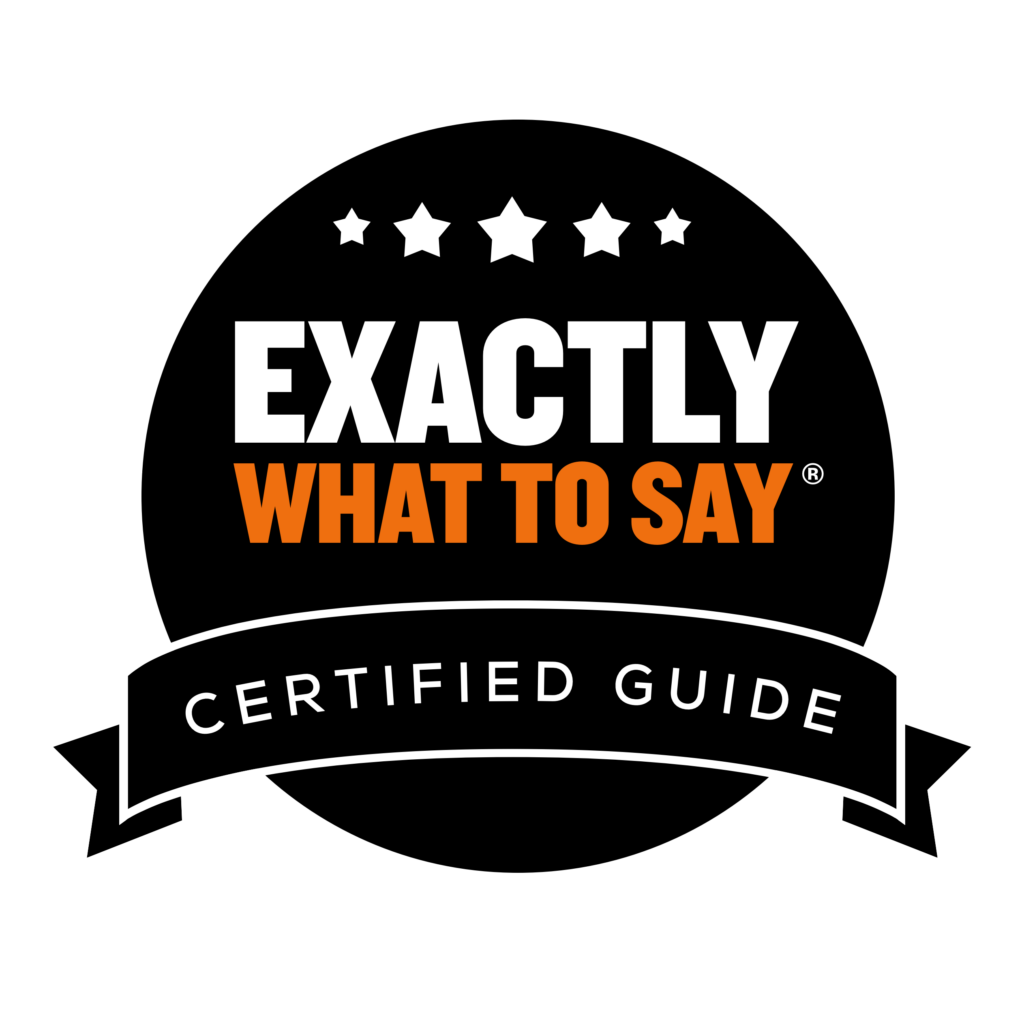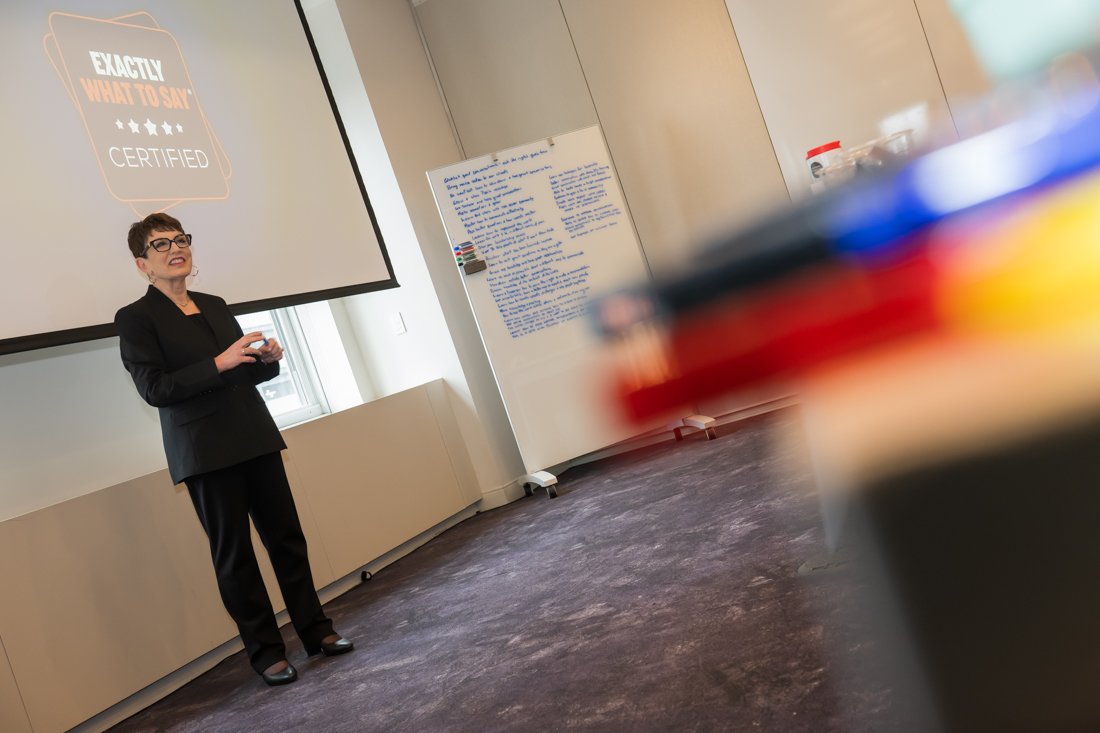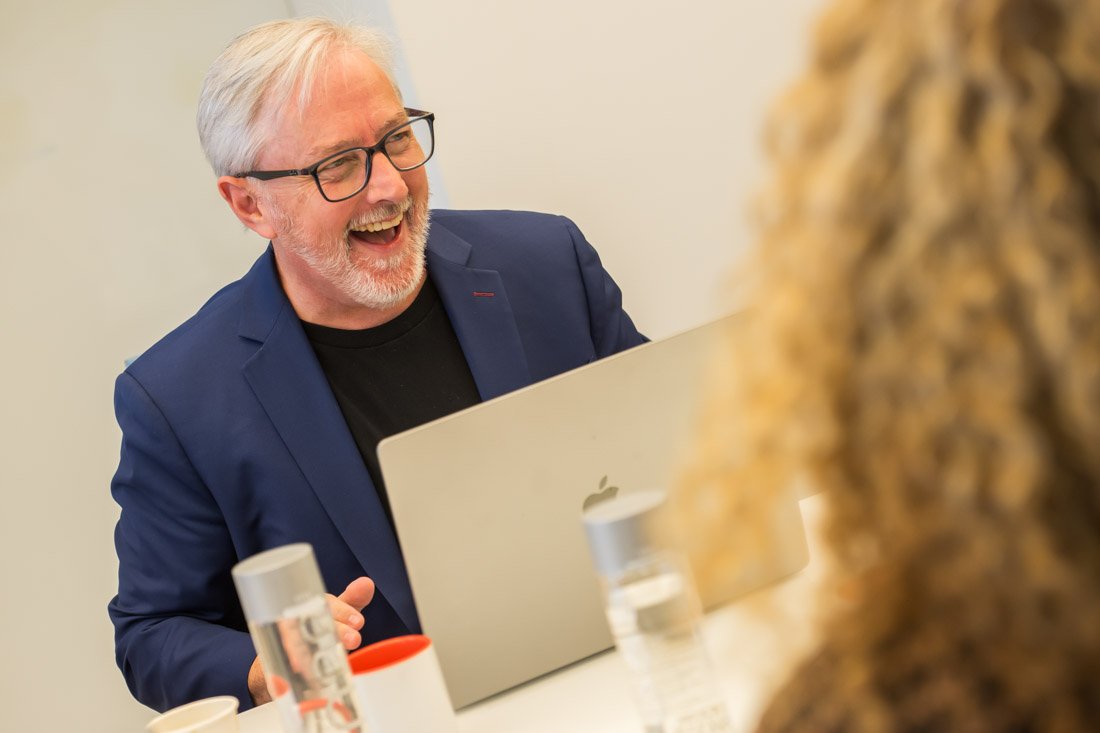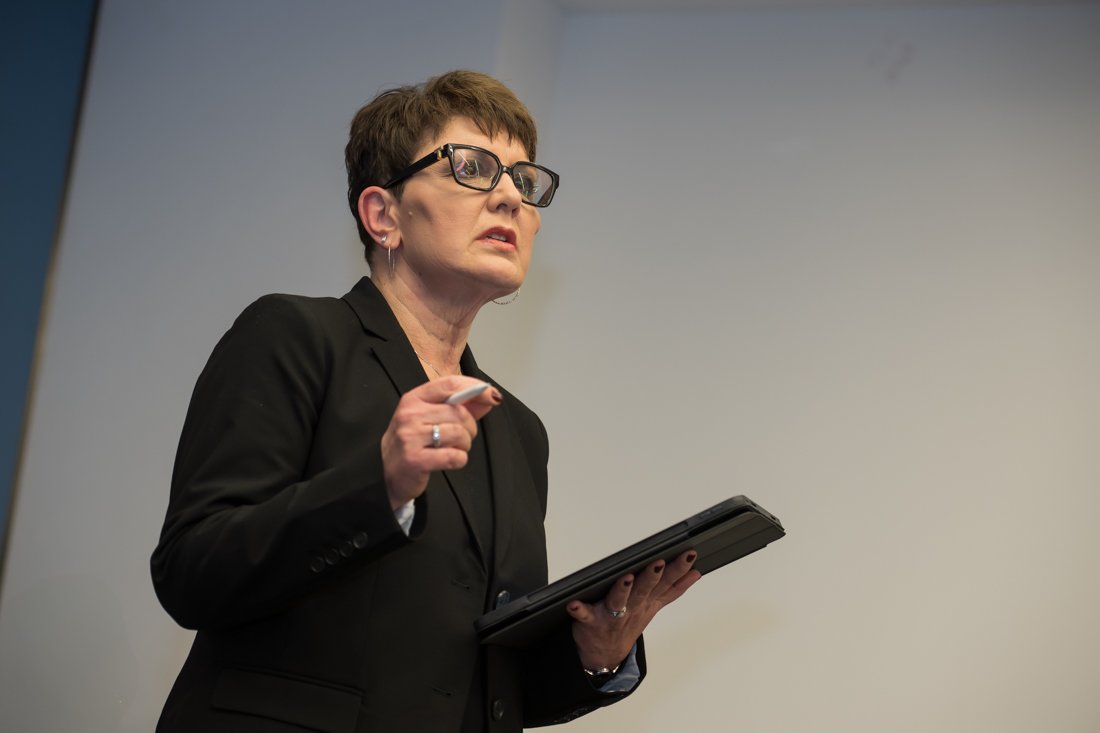Marc Pitman is a leadership expert, fundraising coach, and EWTS Guide. He can teach you to effectively lead a team with much less stress.
Recently, he hosted one of the Critical Conversations Webinars called How To Professionally Avoid Walking Into Your Most Common Objections.
During the webinar, he discussed;
- How to professionally answer objections before they come up
- How to identify the most common objections that come up in your conversations
- Why simply answering objections might be harming your goals
- How questions help you work with any objection given in the moment
- Two strategic questions that will help you when you know you can’t answer a prospect's objection
This blog features some of the highlights.
Why Am I Getting Objections?
If you’re getting objections, you are actually doing something right. Getting objections is a natural part of selling, but can leave you feeling a little dejected. However, receiving the same objection over and over could become a challenge.
How do you feel when you are faced with a personal objection? Are you deflated, frustrated, or hopeless?
Does it differ if you are faced with a professional objection?
The target is often on you to get right when it’s a personal objection answering, but with a professional objection, the spotlight is on your prospect.
Is Selling Combative Or Conversational?
When Marc first got into sales training, it was very much from a combative stance. Clients and prospects were viewed as people to be conquered.
However, if you view selling as combative, you’re more likely to engage in this way. It can be off-putting and can put clients on the defensive.
In extreme professional sales environments, you don’t have to have the solution for the person. Your solution might not solve their issue. And there is freedom in having the integrity to walk away and realize that your solution is not right in this instance.
The combative element to selling is with yourself, not your prospect. Do you feel pressure to close sales? Are your goals exacerbating this pressure?
Sales should be more about your conversations; they need to be more intentional.
These conversations are not about you. They are a fact-finding mission about your prospect.
Being curious, asking questions, and listening provide you with a special opportunity: the ability to clarify. Seeking clarification allows you to better understand where your prospect is coming from.
Marc’s webinar focused on the Critical Conversations that lead to an authentic collaboration with clients where each party can overcome objections and achieve their goals.
Identifying Your Common Objections
Preparation is key to overcoming common objections, so you must first identify them.
Do you know yours?
They might sound like this:
- I don’t have time
- We already have someone for that
- I’m happy with where they are
- I’ll think about it
- But interest rates are just too high
- That price is too high
- There is just too much to choose between
- We’re watching the market right now
Every single person will have a common objections list. Proper preparation means thinking of all your possible answers for them.
This may feel completely overwhelming. You might have a thousand questions. How do you prepare answers for all of those?
The good news is, there aren’t actually that many.
Consider your most robust objections, and identify and list them all. You can even involve your whole team if you want. Get them all to share what they are scared of hearing.
Once you have your list, you may see a pattern emerging. You can start to categorize the objections – several of those common objections might even fall into the same category or theme.
Did you know that there are usually only 7-10 themes? This means that potentially, you only have to prepare 7-10 answers.
How freeing is that?
How To Avoid Walking Into Your Common Objections
It’s all fair and good to prepare your answers, but what if you didn’t have to answer at all?
Have you ever answered an objection in a way that landed badly? Perhaps you sounded snarky, or it made your prospect feel stupid.
Have you ever been on the receiving end of it? How did it make you feel?
This is where the combative side of selling can reemerge. It’s not nice to inflict it or be involved in it.
So, how can you avoid it?
3 curiosity questions could help you avoid negative responses while obtaining the context behind the objection.
These questions are all from the EWTS Phrasebook and have helped Marc on numerous occasions.
1
What Makes You Say That?
This is designed to get more context behind the objection. It’s important to seek understanding first before trying to solve or overcome an objection.
2
Help Me To Understand
You can’t get someone to a point of action without understanding their context.
3
Just Imagine
Once you understand their objection, you can use this to paint a picture of moving beyond that issue. Just imagine if you didn’t have to deal with x,y, and z.
The curiosity questions are designed for your prospect to do most of the talking whilst you sit back and listen.
Just imagine the possibility of letting your prospects talk themselves into a yes instead of feeling like you’re aggressively defending your product.
All of these questions are designed to shine the light back on your prospect, and off of you.
Preparing Answers For Your Common Objections
Another technique is to develop answers that are not defensive. You are the expert, so it’s essential to have some answers ready, but these should be provided after your context questions to get the deeper insight that will help.
Zig Ziglar, a world-renowned trainer, developed the following phrase:
“It’s easier to explain the price one time than to have to apologize for the quality forever.”
If one of your objections is price, then you can use this phrase to let your prospect know their objection is not foolish; you understand it, and you value it.
Think about your common objections. Can you create a similar response to Zig Ziglar that could encourage a yes?
Provide Social Proof
People expect you to say good things about yourself and what you offer. Who wouldn’t?
But the real value is when someone else says it about you. There is significantly more authenticity behind it. And it carries far more weight.
Did you know that most people decide to act once they’ve seen someone like them make the same choice?
If you have discovered the friction behind an objection, use a testimonial discussing this.
Testimonials allow you to answer your common objections in advance because you can also put them into your marketing.
This process can filter the types of people you want to attract, so make sure that your testimonials tell the right stories to attract the right clients.
What Happens If You Can’t Answer The Objections?
The good news is that you don’t have to answer every objection.
Your role is not to answer objections. It is to sell. A lot of the EWTS Certified Guides like to describe themselves as professional mind-maker uppers.
Honesty and integrity are the very best sales techniques, and you want to, whenever possible, match prospects with solutions.
This means that you get to choose when to stop. Know when enough is enough, and then you can pull out two magic questions that could revolutionize your sales process.
The first is:
“If I can answer this question to your satisfaction, is it the only thing standing in your way?”
The second is:
“If I can’t answer this to your satisfaction, would it prevent you from moving forward?”
Once you ask this question, you need to remain silent and let the prospect truly consider their answer.
Becoming A Professional Objection Handler
There is an element of combat when it comes to sales, but it’s not usually against the prospect.
Remember that the combat should be internal, it has to do with your goals, not your clients.
Receiving a no can be scary, but when people decide, it can clear the deck for the right people to move in that are potentially better suited.
List your most difficult objections, categorize them into themes, and prepare answers for those themes. Practice the answers repeatedly – to your steering wheel if you have to – so that you won’t be thrown off when you hear it.
The worst time to think about the thing that you’re going to say is in the moment that you are saying it, so don’t get yourself caught out.
Do the work before the work to help you with your Critical Conversations, and remember that overcoming objections is not about winning. It’s about collaborating with your clients.
This blog was part of a series of EWTS Critical Conversations Webinars, and if you want to experience the full webinar experience, you should sign up to hear what is coming up in the series.










